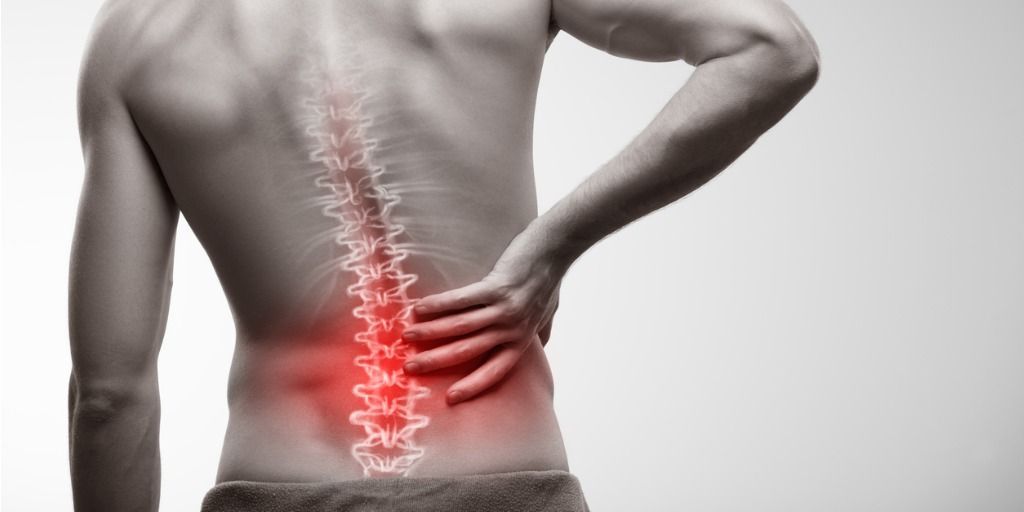Maximizing Performance and Preventing Injuries
Warm-up exercises are an essential part of any physical activity or workout routine. They prepare the body for intense movements, increase flexibility, and reduce the risk of injury. Two common warm-up techniques used by athletes and fitness enthusiasts are dynamic warm-up and static stretching. While both serve the purpose of priming the body for exercise, they differ significantly in their approaches and benefits.
Dynamic Warm-up
Dynamic warm-up involves performing active movements that simulate the motions of the upcoming activity or sport. This technique offers several advantages:
- Enhanced Performance: Research has shown that dynamic warm-up routines can improve muscular power, speed, agility, and balance, resulting in enhanced overall performance (Chaouachi et al., 2008). By activating the muscles and increasing body temperature, dynamic warm-up primes the body for the demands of the activity, enabling athletes to perform at their best.
- Increased Flexibility: Dynamic warm-up exercises contribute to improved muscle and joint flexibility. This increased range of motion is particularly beneficial for activities that require high levels of flexibility, such as gymnastics or martial arts (Faigenbaum et al., 2006). By improving flexibility, athletes can execute movements more efficiently and with reduced strain on their bodies.
- Injury Prevention: Dynamic warm-up plays a crucial role in injury prevention. By activating the muscles, increasing blood flow, and promoting improved muscle elasticity, this warm-up method helps reduce the risk of musculoskeletal injuries (McCrary et al., 2015). Properly prepared muscles and joints are less susceptible to strains, sprains, and other injuries during physical activity.
Static Stretching
Static stretching involves holding a stretch position for an extended duration, typically between 15 and 60 seconds. Here are the benefits of incorporating static stretching into your routine:
- Improved Flexibility: Regular static stretching exercises can enhance muscle and joint flexibility, leading to increased range of motion. This increased flexibility is advantageous for activities that involve sustained stretching, such as dance or yoga (Peck et al., 2014). Improved flexibility enables athletes to perform movements with better form, precision, and reduced risk of overstretching.
- Injury Prevention: By increasing muscle flexibility and joint mobility, static stretching plays a vital role in injury prevention. This technique can reduce the risk of musculoskeletal injuries, especially in activities involving repetitive or forceful movements (Behm & Chaouachi, 2011). Flexible muscles and tendons can better withstand stress and strain, minimizing the likelihood of strains, tears, and related injuries.
- Muscle Recovery: Static stretching after exercise has been shown to aid in muscle recovery. By increasing blood flow to the muscles and facilitating the removal of metabolic waste products, post-workout static stretching can help alleviate muscle soreness and promote faster recovery (Herbert et al., 2011). This can allow athletes to bounce back more quickly and resume training or competing at their optimal level.
Conclusion
Dynamic warm-up and static stretching are valuable components of any physical activity or sports routine. Both techniques offer unique benefits that can improve performance and reduce the risk of injuries. Dynamic warm-up prepares the body for action by enhancing performance, increasing flexibility, and preventing injuries. Static stretching, on the other hand, promotes flexibility, injury prevention, and aids in muscle recovery. By incorporating these techniques into your training regimen, you can maximize your potential, stay injury-free, and enjoy the rewards of an active lifestyle.
Remember, it is essential to tailor your warm-up and stretching routines to your specific needs, sport, and individual preferences. Consult with a qualified fitness professional or sports coach to design a warm-up and stretching protocol that best suits your goals and requirements.
References:
- Chaouachi, A., Chamari, K., Wong del, P., et al. (2008). Stretch and sprint training reduces stretch-induced sprint performance deficits in 13- to 15-year-old youth. European Journal of Applied Physiology, 104(3), 515-522.
- Faigenbaum, A. D., McFarland, J. E., Schwerdtman, J. A., et al. (2006). Dynamic warm-up protocols, with and without a weighted vest, and fitness performance in high school female athletes. Journal of Athletic Training, 41(4), 357-363.
- McCrary, J. M., Ackermann, B. J., & Halaki, M. (2015). A systematic review of the effects of upper body warm-up on performance and injury. British Journal of Sports Medicine, 49(14), 935-942.
- Peck, E., Chomko, G., Gaz, D. V., & Farrell, A. M. (2014). The effects of stretching on performance. Current Sports Medicine Reports, 13(3), 179-185.
- Behm, D. G., & Chaouachi, A. (2011). A review of the acute effects of static and dynamic stretching on performance. European Journal of Applied Physiology, 111(11), 2633-2651.
- Herbert, R. D., de Noronha, M., & Kamper, S. J. (2011). Stretching to prevent or reduce muscle soreness after exercise. Cochrane Database of Systematic Reviews, (7), CD004577.
Blake Cocking
Workers Compensation Specialist ‑ Team Leader East (AEP, ESSAM)
Exercise Rehabilitation Services ‑ WA




